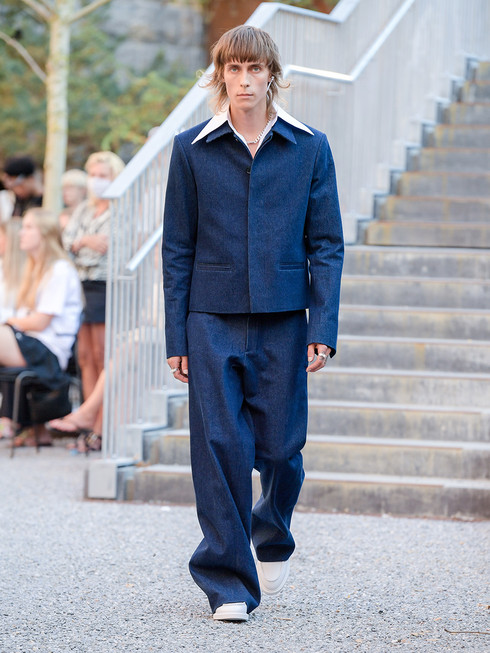Remain Spring Summer 2021
Written by Fashion TalesMake Up - Sidsel Marie Bøg and Untold Secretz team Using Glos Skin Beauty
Hair - Marianne Jensen Using Kevin Murphy
Styling - Louise Borchers
Photography - Louise and Maria Thornfeldt
Front of House Photography - Søren Jepsen
Video - Niklas Vindelev
Catering - Nohrlund Organic Cocktail Kødbyens IS
Guestlist Management - Patriksson Group

















































































































